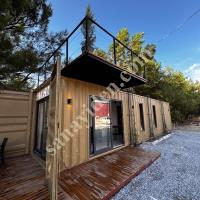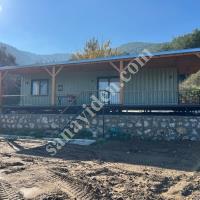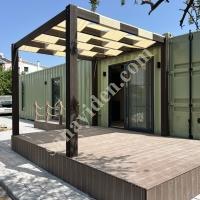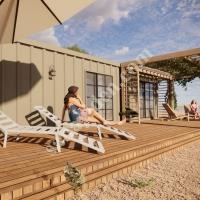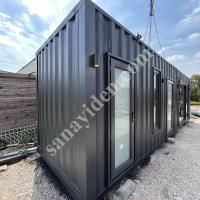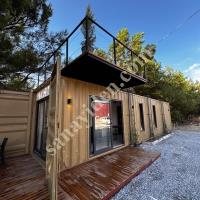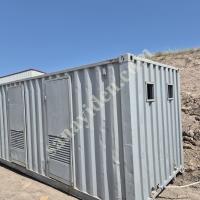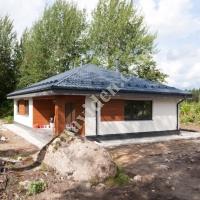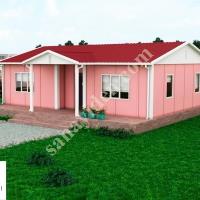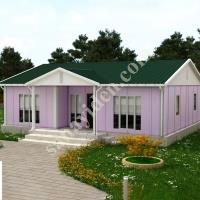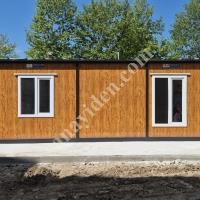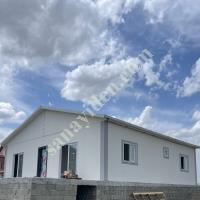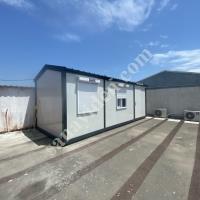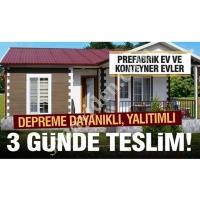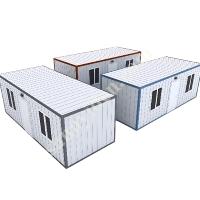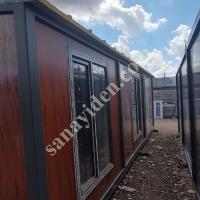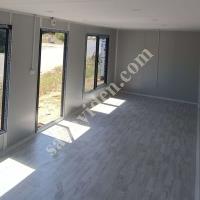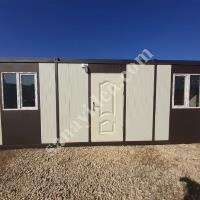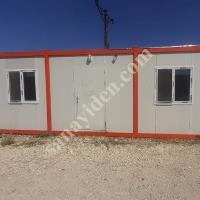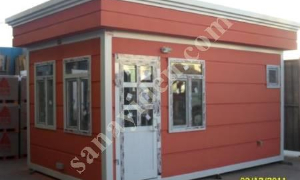
A Container Home: A Story of Home, Survival and Sustainability
Introduction: With a little luck, your next container house will be the best house you've ever lived in. And this is not so easy to achieve. It takes hard work and dedication, but if you do it right, your container home can turn into a sustainable paradise. Here are four tips to get started:
Why Container House is the Future of Housing?
Container houses are getting more popular every year. They are easy to create and can be assembled in a few hours or less. They are also sustainable, meaning they will save on your housing costs over time.
Container homes can help you survive long-term by providing a safe and affordable place to live. They can also help you save on your housing costs by reducing your need for fuel, water and other resources. They can also help save the environment by reducing the amount of waste created when building a container home.
Subsection 1.2 How Can a Container House Save on Your Housing Costs?
A container home is one of the most cost-effective ways to buy or rent a place to live. By purchasing or renting a container home, you can save on your housing costs while still enjoying all the features that make containers such an attractive option for housing, such as modularity, sustainability and low monthly fees.
Subsection 1.3 How Can a Container House Help You Save Energy and Time?
Container homes are often built using energy efficiency measures such as independent air conditioning and heating systems, solar panels, and wind turbines. These systems can save up to 20% on your monthly energy bill compared to traditional apartments or condos. Additionally, these homes can also benefit from green technologies such as LED lighting and autonomous vehicle technology to reduce your carbon footprint.
Subsection 1.4 How Can a Container House Help You Save the Environment?
One of the most important aspects of sustainable living is reducing your environmental impact. You can reduce your carbon footprint by up to 50% by using energy efficiency and green technologies in your container house. Additionally, using container homes as home servers can help save space by storing excess clutter in air conditioning units and roofs, and recycling or composting materials used in residences. By following these tips you can help make a positive impact on the environment without going over your budget.
How To Make A Container House.
When it comes to building a container house, there are a few things to consider. The size of your container house should depend on the amount of space you will use it. If you plan to live in your container home for a long time, consider buying a larger home.
Another thing to consider when choosing a container house is its location. You should choose a rural or remote location so that you can access nature without having to worry about traffic or amenities. Additionally, make sure there are plenty of trees and shrubs in the area so that your container home can be amply protected from the elements.
Subsection 2.2 Find the Right Location for Your Container Home.
Once you've chosen a location for your container house, it's time to start finding the right containers for it. Check online or local stores for containers that are similar in size and shape to how you want your home to look. Once you have some templates and dimensions, it's time to start building!
To build a quality container house, make sure your materials are of good quality and comply with applicable safety regulations. Many states have laws regulating the use of certain materials in homes, so be sure to research the material before you start building. Additionally, have your home insured if you plan to use any waterproof system inside or outside your home (which can be costly).
Section 2.3 Get the Right Insurance for Your Container Home.
One of the key factors when taking out insurance for a container home is understanding what kind of risks are associated with it, such as fire, theft or vandalism. Make sure your policy covers all of these risks and more so you can protect yourself and your belongings while living in this type of residence.
Some other important factors to consider when securing insurance include whether your home will need regular maintenance (e.g. paint/painting/flooring), whether it will have food or water storage inside (ideally yes!), and whether it will. there won't be any outdoor activities near your house (again, yes!).
How To Use Container House.
When planning your next camping or hiking adventure, consider using a container house as your base. This durable and affordable structure doubles as a shelter or home.

